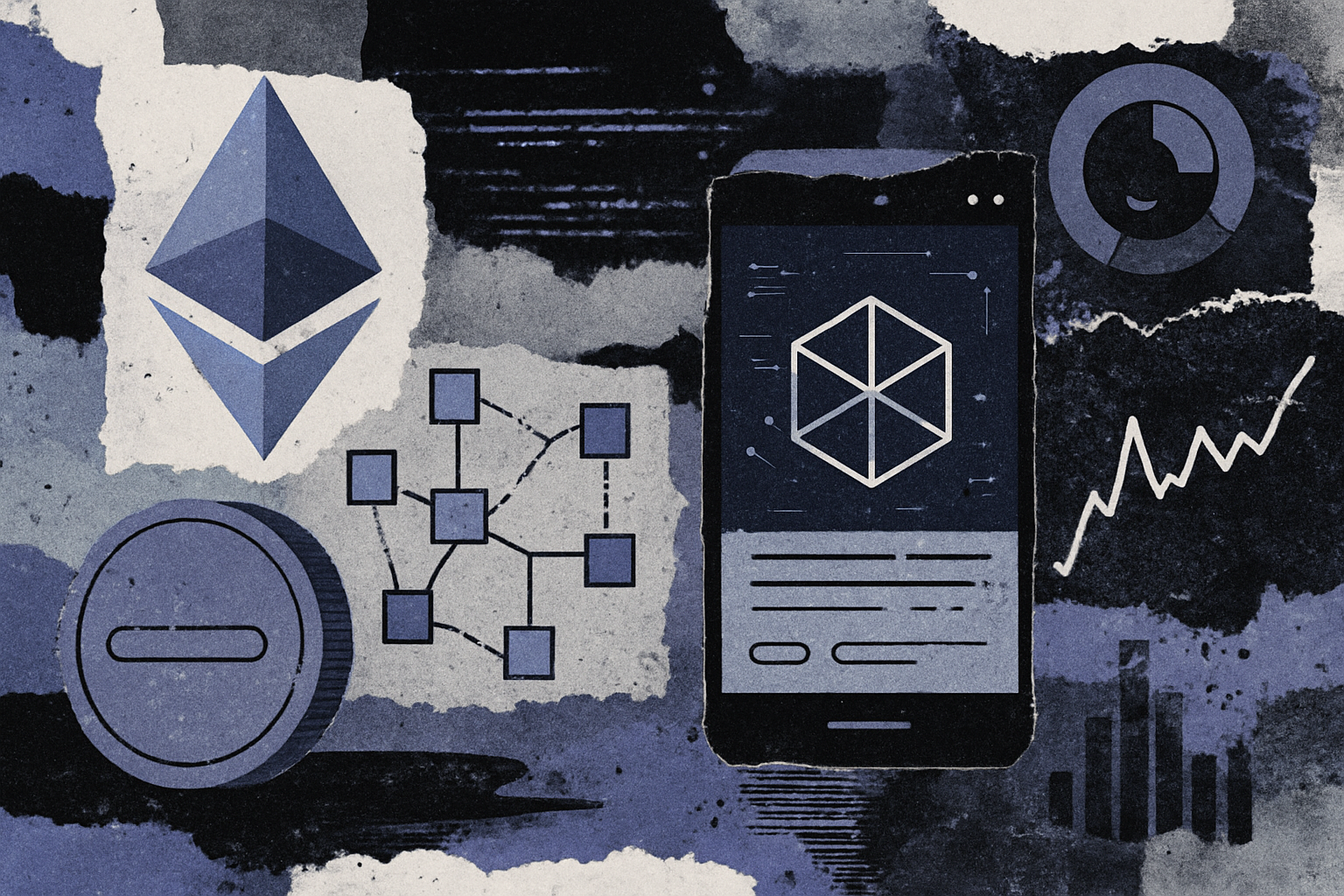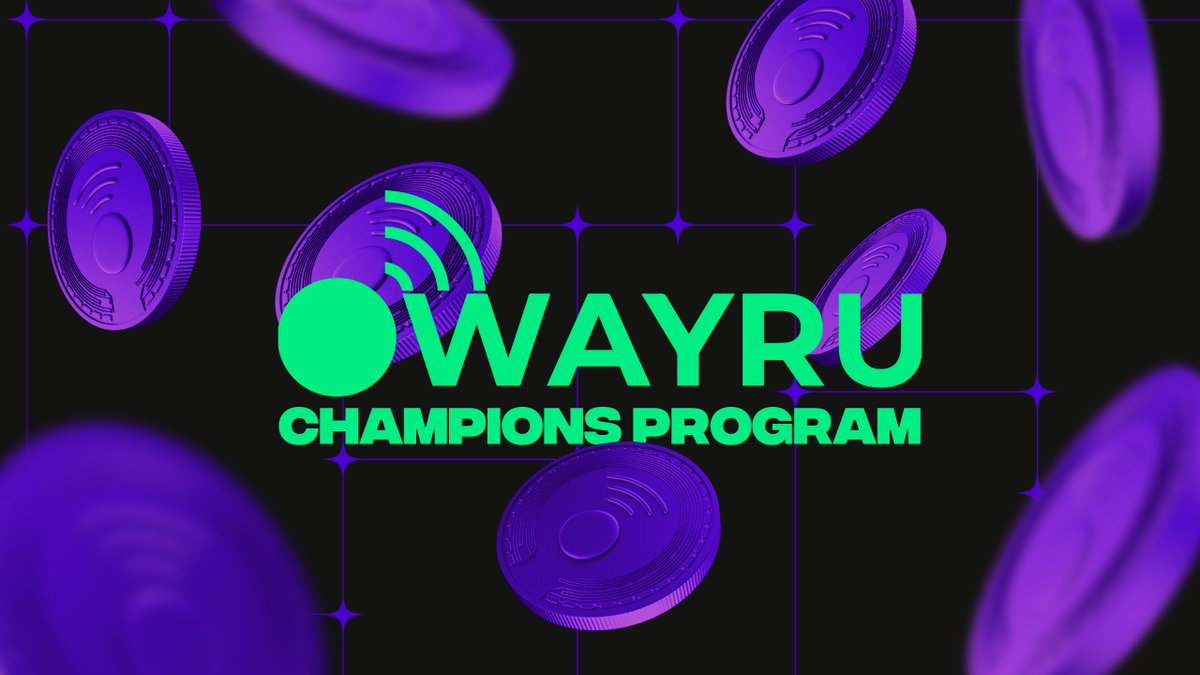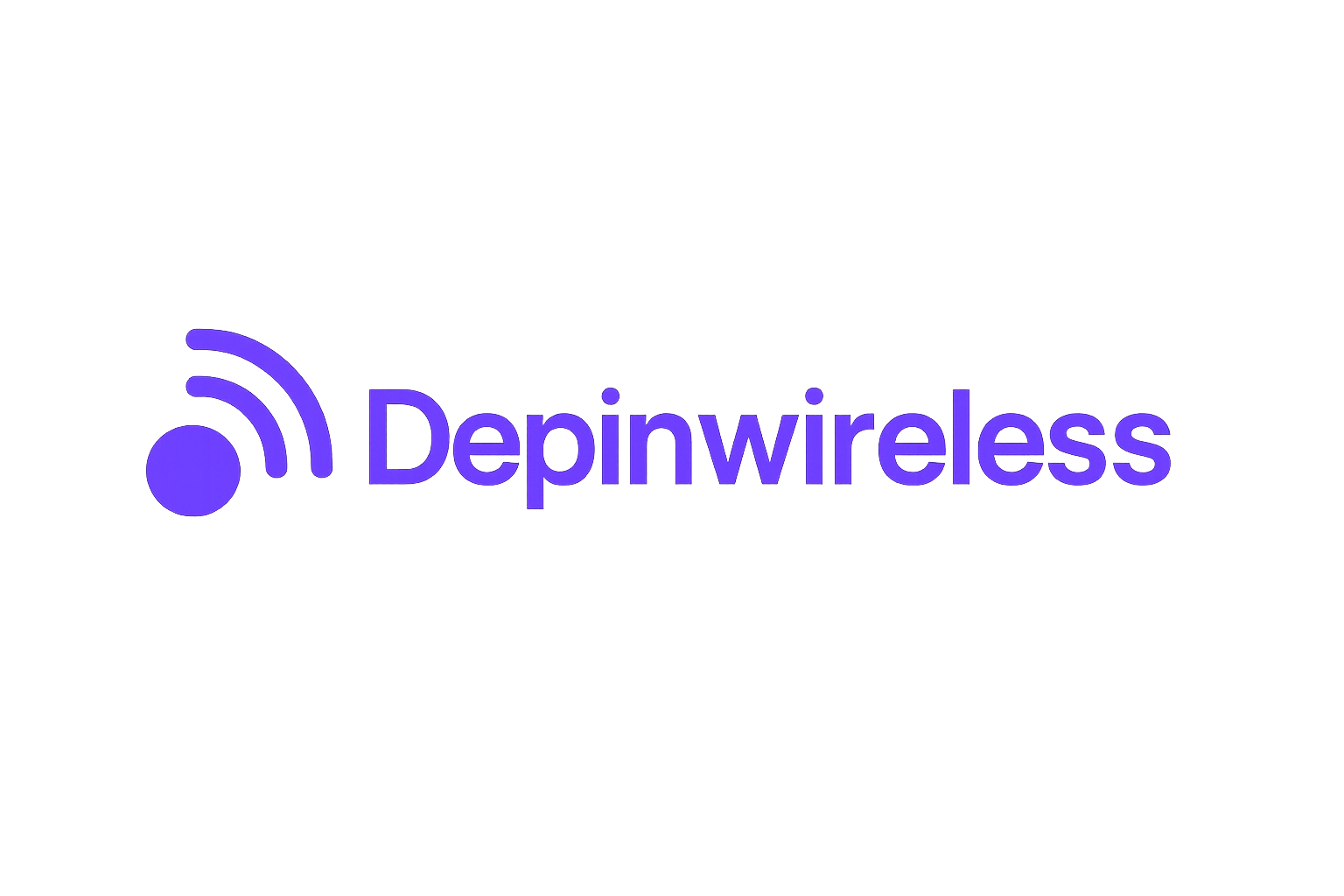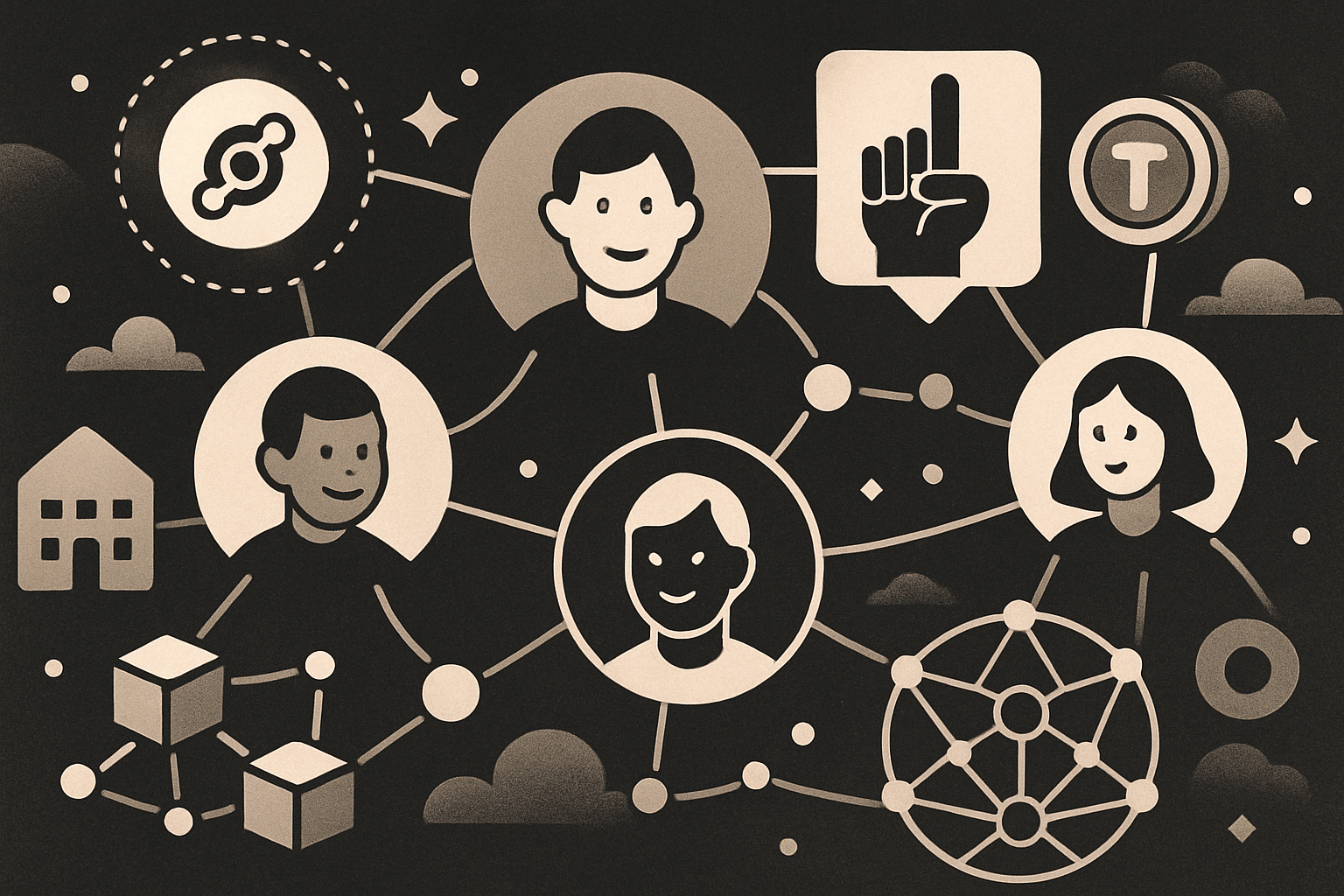
In 2024, the fusion of IoT and blockchain is rapidly transforming the wireless connectivity landscape. As billions of devices, from smart meters to industrial sensors, demand secure, reliable links, traditional centralized models have struggled with scalability, trust, and cost. Enter decentralized wireless networks (DeWi), where blockchain’s distributed ledger meets the sprawling scale of IoT to deliver robust, community-powered infrastructure.

Security is at the core of this convergence. Conventional IoT networks are notoriously vulnerable: a single compromised gateway or server can jeopardize thousands of connected endpoints. Blockchain upends this paradigm by distributing trust across a global network of validators and nodes. Each device interaction is immutably recorded, while consensus mechanisms minimize risks from rogue actors or data tampering.
Blockchain as the Security Backbone for IoT Networks
Blockchain’s value proposition in IoT isn’t just theoretical, it’s being proven at scale. By 2024, leading DeWi projects like Helium, IoTeX, and Wayru have demonstrated how decentralized ledgers enable secure device authentication, encrypted data exchange, and transparent user incentives.
The Helium Network exemplifies this evolution. Originally focused on LoRaWAN for low-power sensors, Helium has pivoted toward Wi-Fi hotspots as part of a broader strategy to provide affordable wireless coverage for both IoT and consumer devices. Operators deploy hotspots that validate device activity on-chain; in return they earn Helium Network Tokens (HNT). This tokenized incentive structure fosters organic growth in underserved regions while maintaining high security standards via blockchain consensus.
IoTeX, meanwhile, has emerged as a modular platform purpose-built for DePIN (Decentralized Physical Infrastructure Networks). In 2024 it surpassed 40 million connected devices globally, an impressive testament to blockchain’s scalability when combined with efficient rollups and sidechains tailored for real-world data throughput.
The Rise of Community-Powered Wireless Infrastructure
This new model flips the script on traditional telecoms. Instead of relying on monolithic carriers to deploy expensive towers, DeWi leverages grassroots participation: anyone can install a hotspot or node to extend coverage and earn rewards. This democratization not only accelerates network expansion but also diversifies risk, no single entity can control or censor access.
The economic incentives are clear: as more users join the network, both coverage density and token rewards increase. Projects like Wayru focus on bridging the digital divide in developing regions by tailoring hardware deployments (from Wi-Fi mesh to solar-powered relays) based on local needs, all coordinated transparently via blockchain smart contracts.
Key Challenges: Efficiency, Complexity and Regulation
No technology shift comes without hurdles. One persistent challenge is energy efficiency; running distributed ledgers at scale demands lightweight consensus algorithms that won’t overwhelm low-power IoT nodes. Solutions like LiFeChain are pioneering ultra-efficient blockchains optimized for federated learning scenarios, crucial as AI-driven edge computing becomes standard in next-gen devices.
Network complexity also rises with decentralization: onboarding heterogeneous hardware, maintaining interoperability between subnets (such as Helium’s migration to Solana), and ensuring seamless roaming all require ongoing R and D investment. Regulatory uncertainty lingers too; governments are still adapting frameworks to accommodate peer-to-peer wireless models that defy legacy licensing regimes.
Despite these obstacles, the momentum behind decentralized wireless networks is unmistakable. Real-world deployments continue to validate the model’s resilience and adaptability. For example, Helium’s strategic shift from CBRS radios to Wi-Fi hotspots in 2024 has dramatically lowered the barrier to entry for network participants, driving a surge in community-run coverage across urban and rural environments alike. The ability for individuals and small businesses to monetize unused bandwidth or rooftop real estate is catalyzing a new era of participatory infrastructure.
Top Blockchain-Powered IoT Use Cases in 2024
-

Smart Cities: Helium Network enables secure, decentralized connectivity for urban IoT devices—such as smart meters, traffic sensors, and public safety infrastructure—by leveraging blockchain to authenticate devices and ensure data integrity. Cities benefit from community-powered wireless coverage and reduced reliance on traditional telecom providers.
-

Supply Chain Tracking: IoTeX delivers end-to-end transparency and traceability for goods in transit by combining blockchain with IoT sensors. This integration allows real-time monitoring of location, condition, and authenticity of products, reducing fraud and improving operational efficiency across global supply chains.
-

Environmental Monitoring: Helium and IoTeX support large-scale sensor networks for air quality, water purity, and climate data collection. Blockchain ensures the accuracy and immutability of sensor data, empowering researchers and policymakers to make informed decisions based on trusted environmental insights.
-

Decentralized Energy Grids: IoTeX and Wayru facilitate peer-to-peer energy trading and grid management by connecting smart meters and renewable energy sources to blockchain-powered IoT networks. This model enhances grid resilience, supports microgrids, and allows individuals to securely trade excess energy within their communities.
On the technical front, projects like IoTeX are setting benchmarks for modularity and scalability. By enabling app-specific chains provides “roll-ups”: IoTeX supports a diverse ecosystem of IoT applications without sacrificing throughput or security. This modular approach is particularly well-suited for industries requiring strict data provenance and privacy controls, such as healthcare or autonomous mobility networks.
The evolution of tokenomics is also worth noting. As these networks mature, incentive models have become more sophisticated: rewards are increasingly tied to actual network usage (data transfer, device authentication events) rather than mere hardware deployment. This fosters sustainable growth and aligns incentives with real utility rather than speculative hype.
What’s Next for Web3 Connectivity?
The convergence of IoT blockchain integration with decentralized wireless is laying the groundwork for a new paradigm in connectivity: one that is open, programmable, and censorship-resistant by design. As edge computing becomes more prevalent and AI inference moves closer to devices themselves, secure data provenance will be non-negotiable, and blockchain provides a trust anchor at global scale.
Looking ahead to 2025 and beyond, expect continued innovation around lightweight consensus protocols (to further reduce power draw), cross-chain interoperability (to enable seamless roaming between DeWi networks), and privacy-preserving architectures (to protect sensitive IoT telemetry). Regulatory clarity will be essential; industry leaders are already collaborating with policymakers to shape frameworks that balance innovation with consumer protection.
The bottom line: secure IoT networks built atop decentralized infrastructure are no longer just an experiment, they’re rapidly becoming foundational layers of our digital society. For investors, technologists, and communities alike, this represents both an opportunity and an imperative to participate in shaping the next generation of wireless connectivity.






